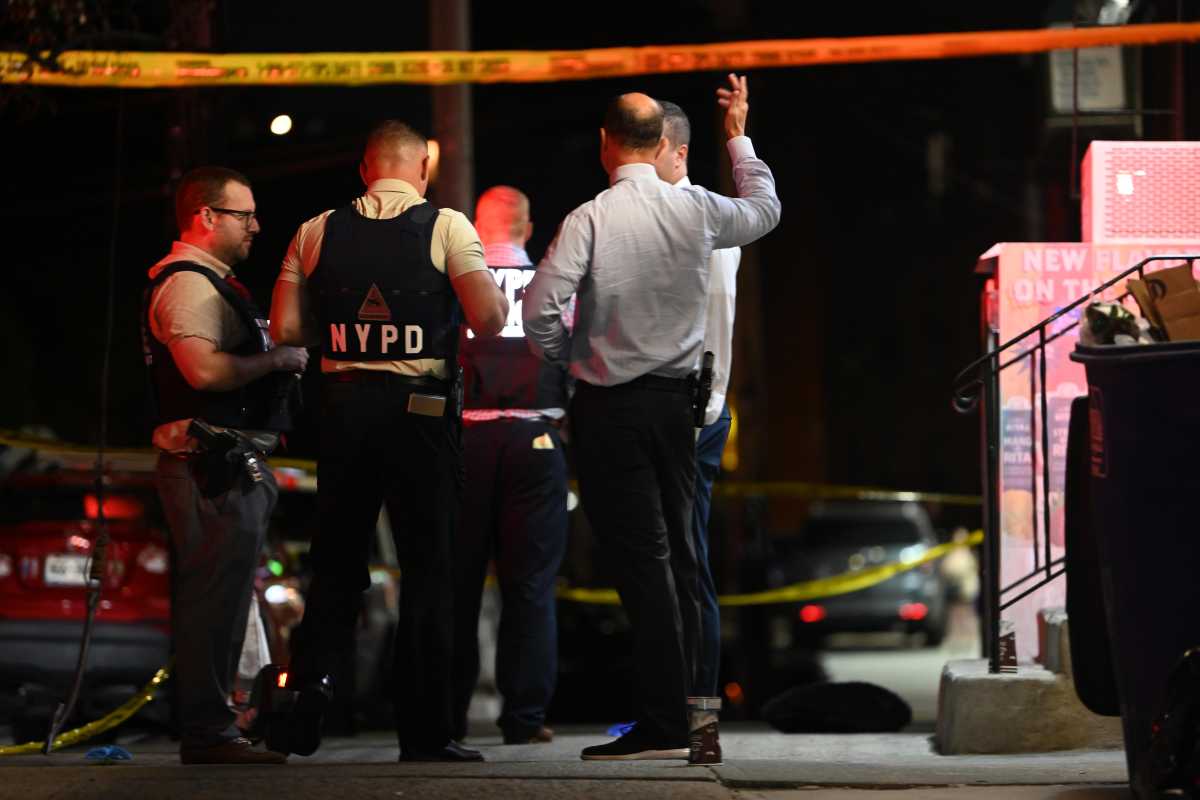The unfolding, if uneasy, relationship between Gov. Andrew M. Cuomo and Mayor Bill de Blasio has spawned quite a bit of speculation.
Just this week, Cuomo rejected de Blasio’s call for the city to set its own minimum wage. That follows the governor’s unwillingness to support the mayor’s plan of higher taxes on the city’s wealthy to fund universal pre-K. But de Blasio remains undaunted, calling for both almost daily.
The Cuomo-de Blasio relationship will continue to develop, but look through the prism of electoral politics to understand what’s at play. When de Blasio looks at his city, he sees a very different political reality (and can afford to) than Cuomo.
In New York City, the aggregate minority vote in November’s mayoral election grew to a record 55 percent, according to exit polls. The outer borough-based Jewish and white Catholic share of the city vote dropped to under a third of the electorate.
In fact, a new bloc of white voters emerged in the city. Affluent and upwardly mobile white voters from Manhattan and the Brownstone Belt, are now nearly a fifth of the city’s electorate. Also, a political nexus has formed between white progressives and the minority majority, guaranteeing the de Blasio mayoralty. And they strongly support his plans.
But Cuomo — who is running for re-election in November — must train his vision beyond Gotham. In the 2010 gubernatorial election, 46 percent of the vote came from upstate, 30 percent from NYC and 24 percent from the suburbs (LI, Westchester and Rockland). Despite NYC being 42 percent of the state’s population and 40 percent of registered voters, it has not cast more than 30 percent of the votes in gubernatorial races in three decades.
The suburban vote is about a quarter of the statewide vote and Long Island traditionally casts 70 percent of that vote. Therefore, the suburban vote is a regional balance of power — including in gubernatorial contests — and Long Island’s voters are the fulcrum point for it.
Three statewide political factors become salient:
Gender gap. In the last two state elections women have cast 53 percent of the vote. Two-thirds of women voted for Cuomo in 2010 and just over 70 percent of women for President Barack Obama and Sen. Kirsten Gillibrand in 2012, according to exit polls.
Racial diversity. In 2010, the aggregate minority vote grew to 29 percent statewide and Cuomo carried it by 41/2 to 1, exit polls show.
Religion. White Catholics cast 33 percent to 35 percent in a statewide general election. If you add Hispanic Catholics, the overall Catholic share of the electorate hits 40 percent of the statewide vote.
Unlike de Blasio, Cuomo faces political nuance everywhere he turns. Polling data show the state electorate is deeply pro-abortion rights, but Catholic voters are the largest bloc, and while voters outside New York City want lower property taxes, they remain strongly pro-education.
Cuomo would be foolish to ignore the progressive-minority coalition driving his party’s base in NYC, and de Blasio would be foolhardy if he fails to build broader regional coalitions to help push his priorities upstate.
But de Blasio also would benefit from pragmatism. He should expect the legislature to craft a statewide pre-K program similar to Cuomo’s, and not just approve his proposed tax on city high earners for a city program. One way de Blasio could help advance his legislative priorities is to court coalitions of state legislators from communities served by the LIRR and Metro-North by lobbying for full funding of the MTA capital plan.
Bruce N. Gyory, a consultant with Corning Place Communications, is an adjunct professor of political science at the University of Albany.






































